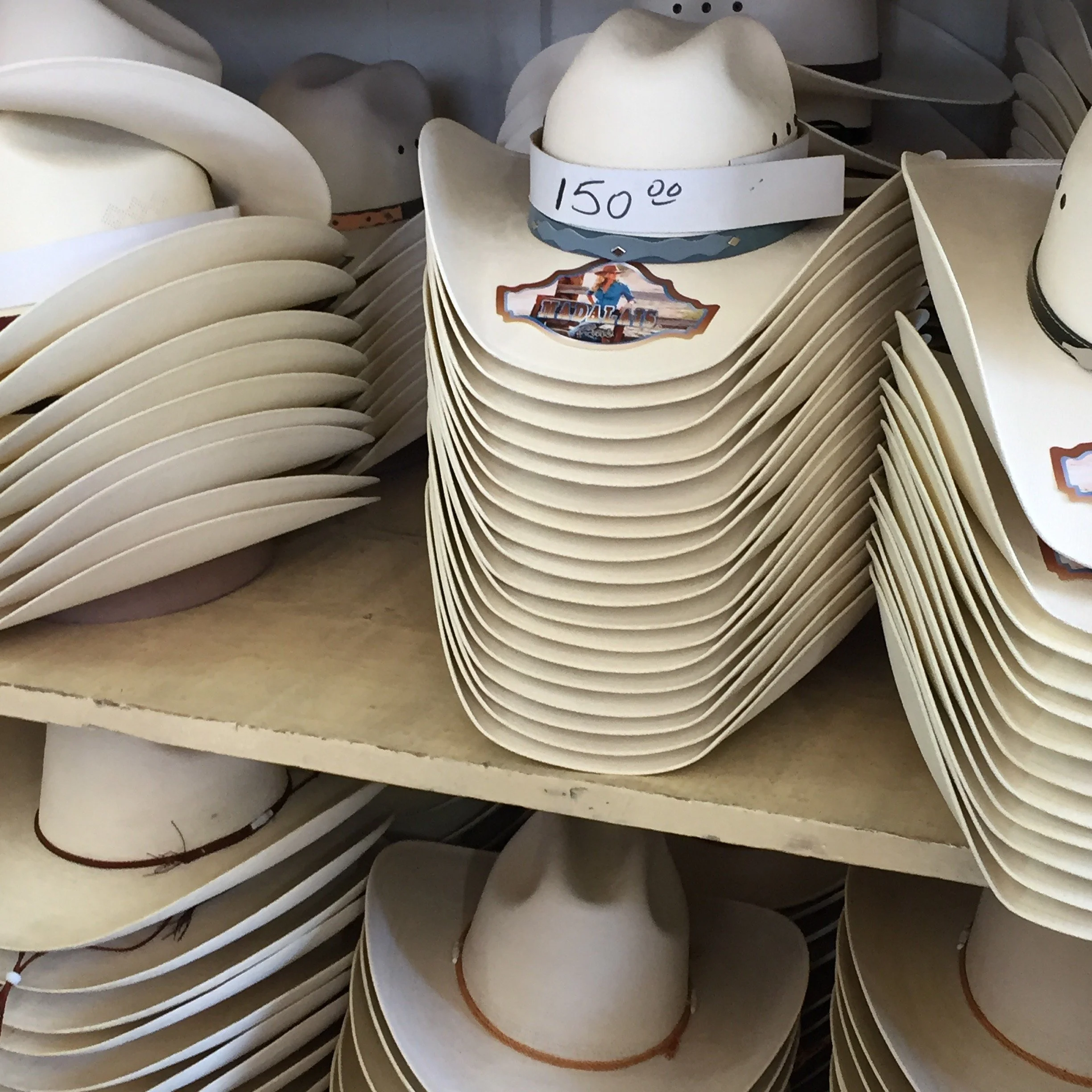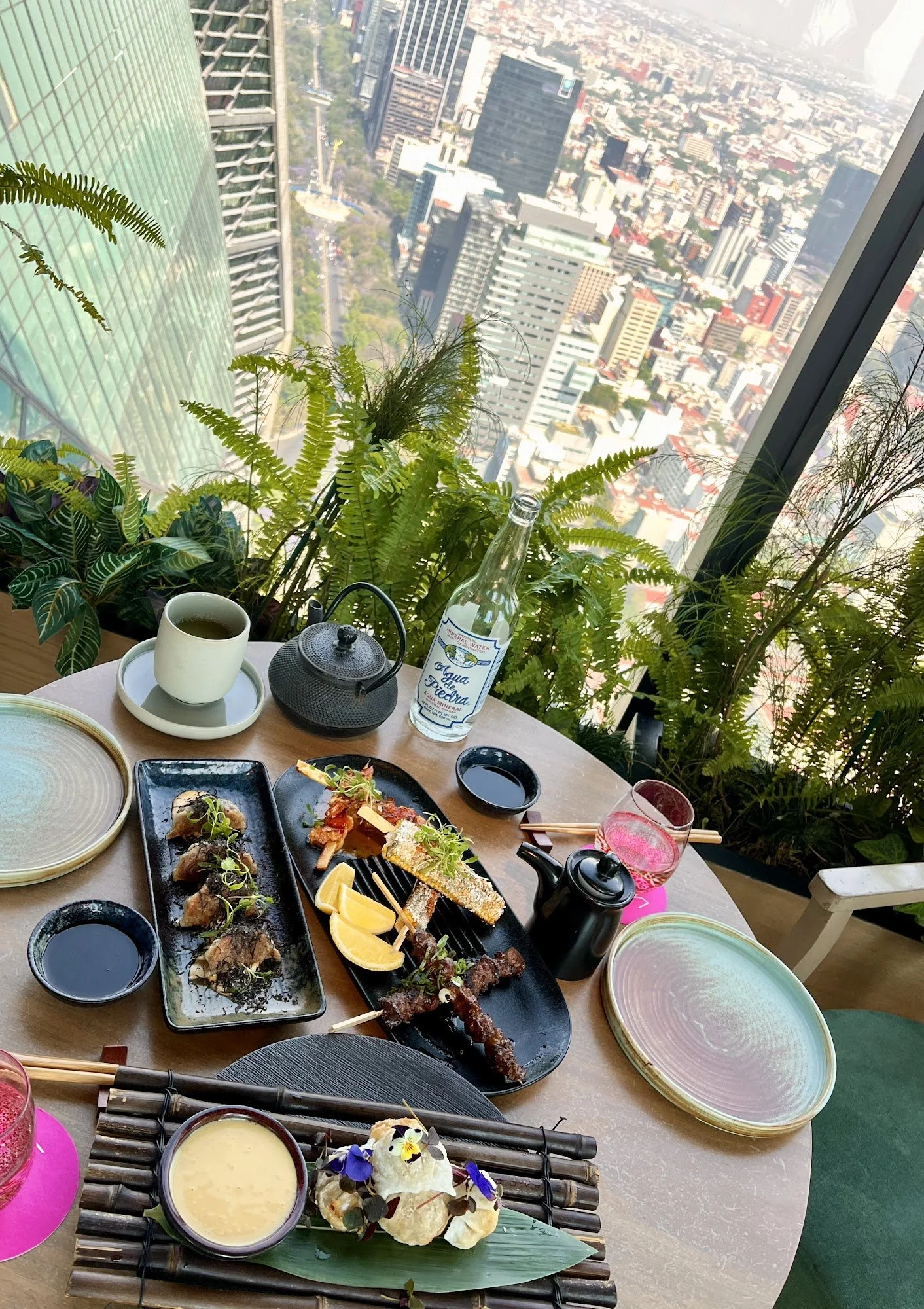Bulla: A Taste of Madrid in Mexico
España. The word alone has a plethora of implications in Mexico – history, conquest, blood and glory. Mexico’s culture is influenced on every level by lo español, from art to music to language and of course… food.
My introduction to Spanish food was abysmal. As a student in the ‘80’s, I traveled through the country for four months, eating lots of fried mystery meat and potatoes, washed down with rotgut house wine. But an extensive trip years later turned my head around. I now venture to say that the regional cuisines of Spain are on par with those of France and Italy. And, perhaps, Mexico. What had changed, it or me? A little of both. During the Franco years, besides the fact that there was little available besides the most basic foodstuffs, regionalism was frowned upon. With the opening up of the country, a reverse trend was set in motion and now great pride is taken in local languages, traditions…and food. Everywhere you go--and Spain is a huge place—you’ll find fine cooking, dishes prepared with pride based on local ingredients and traditions. Simple and fresh are the keywords. It’s no wonder Spanish cooking is currently trendy around the world.
Chef Pedro Martín
So, it is only natural that here in the New World, Spanish-trained chefs have a keen eye for what’s local, seasonal and fresh, adapting to their own techniques and recipes. Some of Mexico City’s best restaurants these days are Iberian. That’s where Pedro Martín comes in. Born in the Canary Islands, chef Martín arrived in Mexico City in 2007 to work the kitchen of Tezka, the city’s first restaurant to feature the modern Iberian cooking expounded by renowned chef Juan Arzak. Skilled in traditional dishes such as paellas, as well as avant-garde techniques, he fronted the creative kitchen of Kaye for a couple of years as well as Polanco’s casual tapas bar, Jalea.
Bulla, whose name implies a heated party atmosphere, was born during the early days of the pandemic. A more ambitious, or perhaps pretentious project was happily scaled down to the current format, a pretty, modest tapas bar with a few tables spilling out onto leafy Avenida Mazatlán.
Bulla captures the format and ambiance of a typical Madrileño tapas bar better than any place I’ve encountered outside that Iberian capital. Madrid is one of my favorite cities – “desde Madrid al cielo” (from Madrid to heaven) is said of this energetic, modestly sized European metropolis in which there seems to be a bar for every resident. Being the capital and set in the middle of the country, the cooking reflects the mix of residents from Spain’s regions. Thus, Bulla’s menu is multi-regional - “greatest hits” of Spanish cooking are offered, a phenomenon common to “foreign” kitchens that wish to cater to a public perceived to be minimally versed in their cuisines. In less capable hands such a multifarious menu could lead to overall ‘meh-ness’, but not here. Iconic classics are presented, many as either tapas or more generous raciones some offered as half portions. All are meant to be shared, a veritable self-designable tasting menu. After several visits, I have yet to be disappointed.
Bulla’s wine list is well chosen and includes a few reasonably priced options from lesser-known (and therefore more affordable) regions: recently, I choose a full-bodied red from Castilla y León. Worth sampling are aromatic Spanish vermouths, which beat out the better-known but cloyingly sweet Italian varieties.
The iconic Gilda: put the blame on Mame, boys
I like to start with an iconic Gilda, anchovy/olive/pepper on a stick, named for iconic dova Rita Hayworth’s character in the eponymous 1946 film. They go beautifully with the aforementioned vermouth and together evoke the sweet/saltiness of Miss Hayworth herself.
Croquetas, those deep-fried balls of condimented bechamel are ubiquitous in Spain. They should be crisp and golden on the outside, a bite revealing the sexy, creamy interior augmented, most commonly, with jamón serrano or bacalao (salt cod) or even, as in a special on a recent visit, by morcilla, the rich blood sausage. They are the test of a good Spanish bar kitchen, not as easy to perfect as one might think. Bulla’s pass with flying colors.
Follow with a plate of very good piquillos rellenos de bacalao (confited mini sweet red peppers filled with lightly briny cod.
Sexy croquetas accompanied by alioli
Moving on to more substantial fare are the arroces - the large category of rice dishes of which paella is only one; they are well represented. I love the arroz meloso de mariscos, a kissing cousin to a seafood risotto but whose rice preserves more of a bite and from which the perfume of saffron emanates.
Rabo de toro, oxtail stewed in wine, is rich and dark, like a boeuf bourguignon, tender meat falling-off-the-bone. While the Andaluz version is made with sherry, here, the central Spanish recipe is done utilizing a full-bodied red wine.
perfect lechon confitado en su jugo
Lechon confitado, a square of perfectly confited suckling pig, hits all the marks. The skin crackles, blanqueting meat tender as a baby’s butt.
And for dessert, a delightful crema catalana, the crème brûlée whose citrus perfume should make the French envious, makes for a happy ending.
This crema catalana would make the French jealous
Note that there are two branches in the city and a beautiful branch in San Miguel de Allende; see link
I look forward to a post-pandemic era when Bulla’s pretty bar will be full of boisterous patrons downing cañas and tossing olive pits to the floor. Meanwhile, I enjoy a quiet visit at a shady outside table and am transported to the city so near heaven. Bulla is my favorite restaurant to have opened in 2021. Bravo to the chef.
Bulla Gastronomica - 3 locations
Condesa:
Avenida Mazatlan 20C, Colonia Condesa (see map)
Tel 55 1458 1322
Open: Monday – Saturday 1:00 p.m. to 11:00 p.m., Sunday 1:00 p.m. to 9:00 p.m
www.bulla.mx
Polanco:
Av. Homero 418 (see map)
Reforma:
Rio Elba 52 (see map)
Cover photo courtesy Bulla Mx
Interior photos by Sebastián Manterola Ogarrio











